

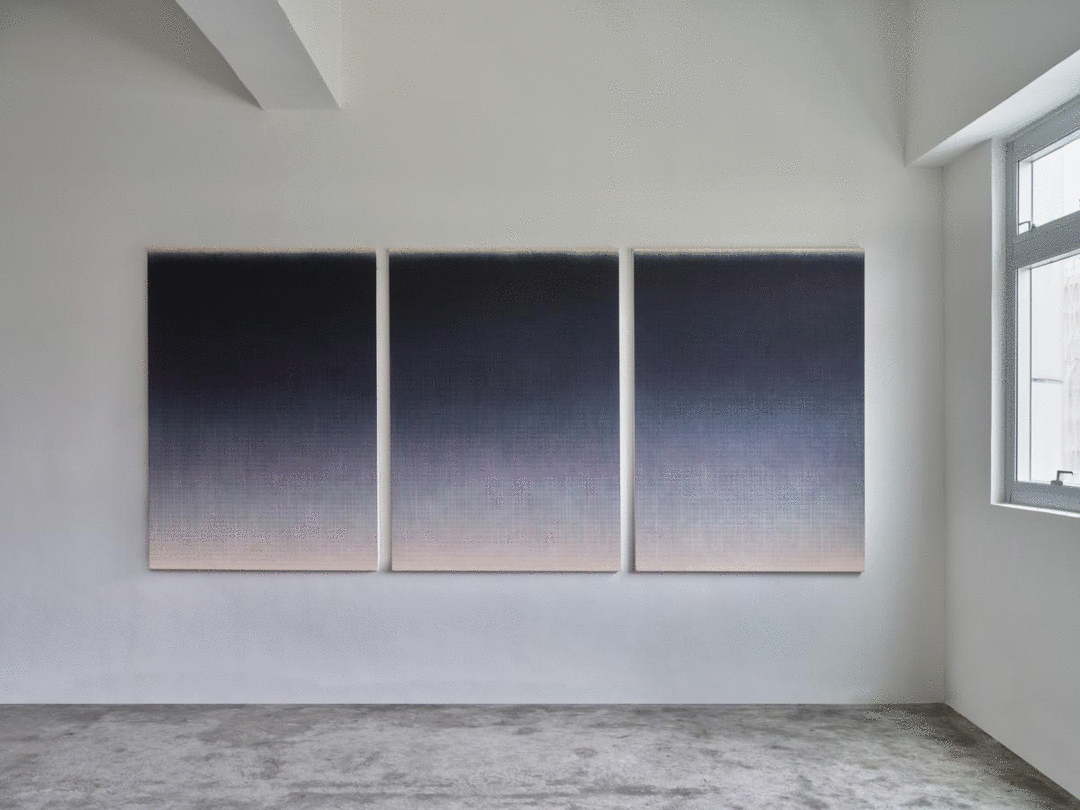
▲图片由香港维伍德画廊提供
展览名称:沈忱个展
展览时间:2021.10.16-2021.12.25
展览地点:香港 维伍德画廊
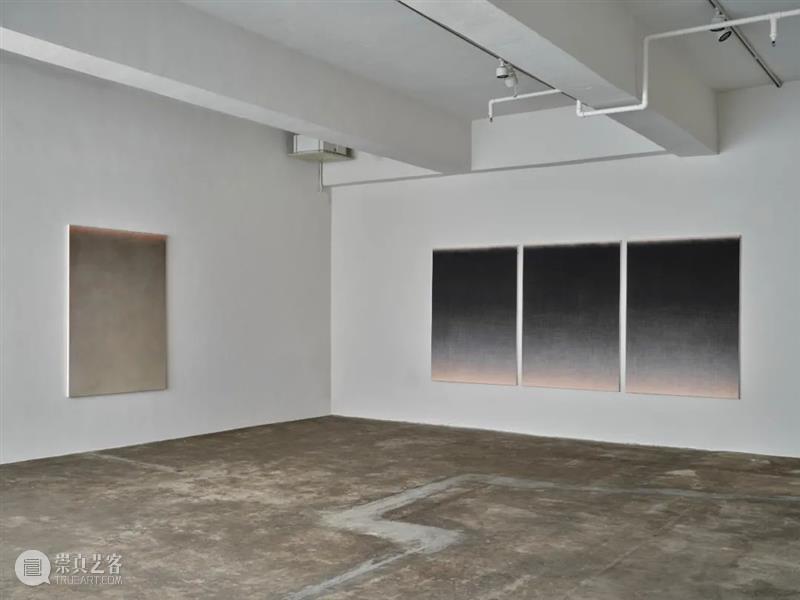
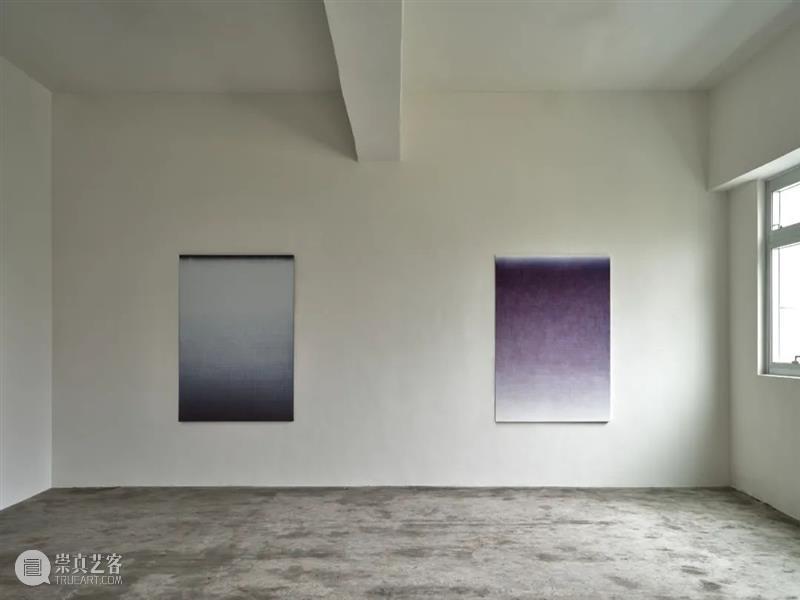
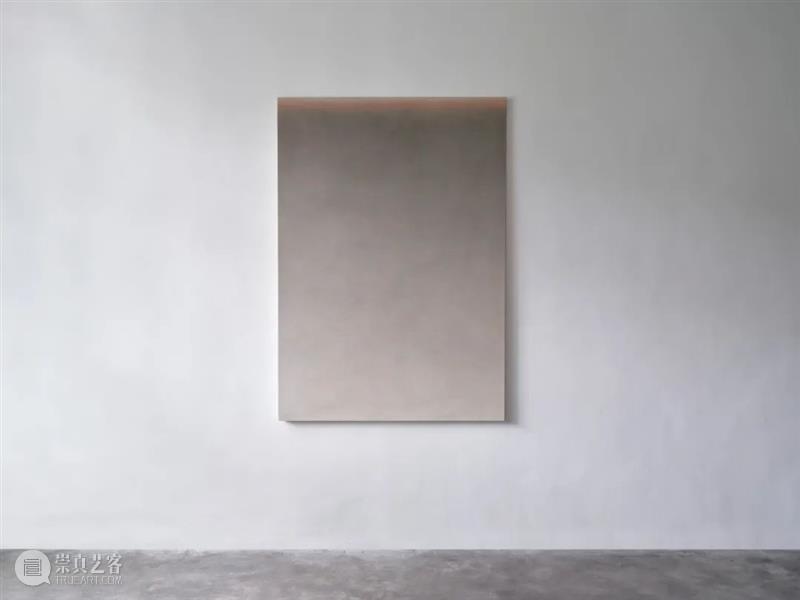
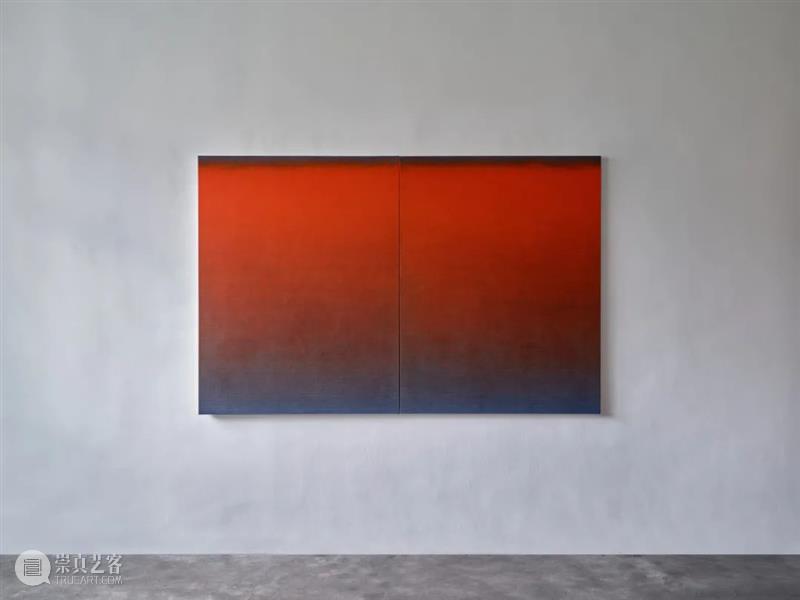
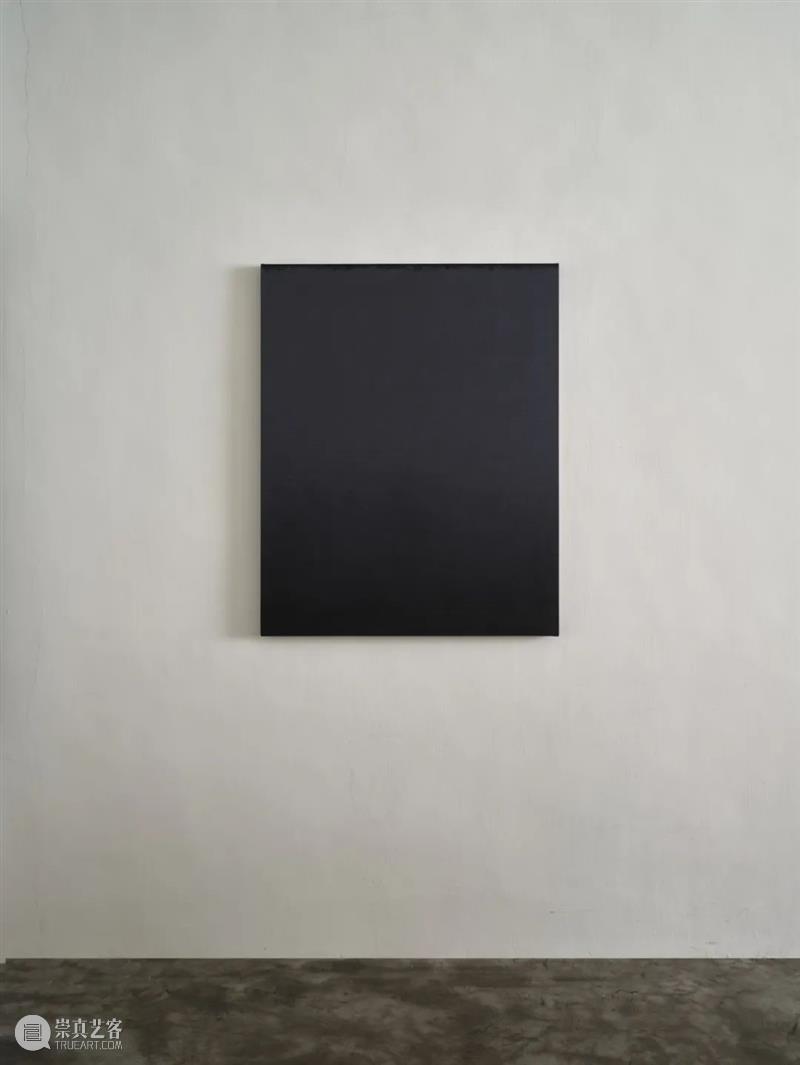
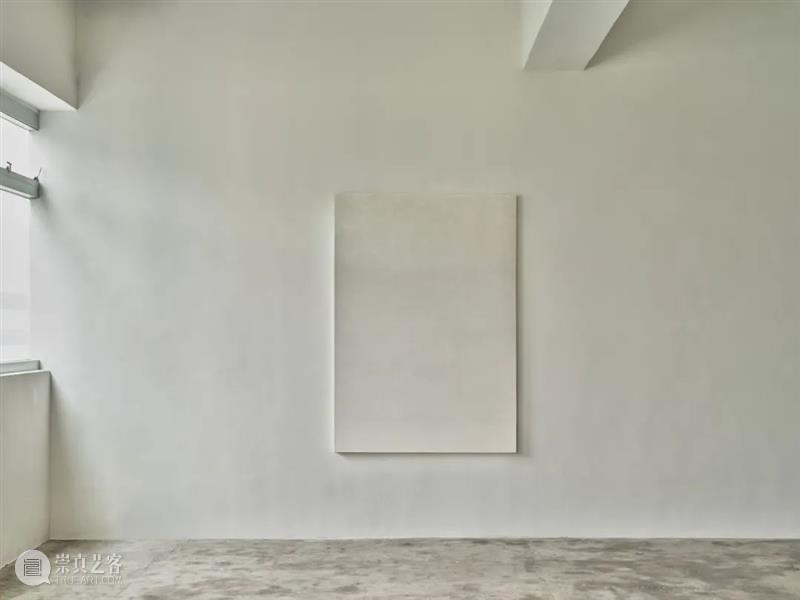
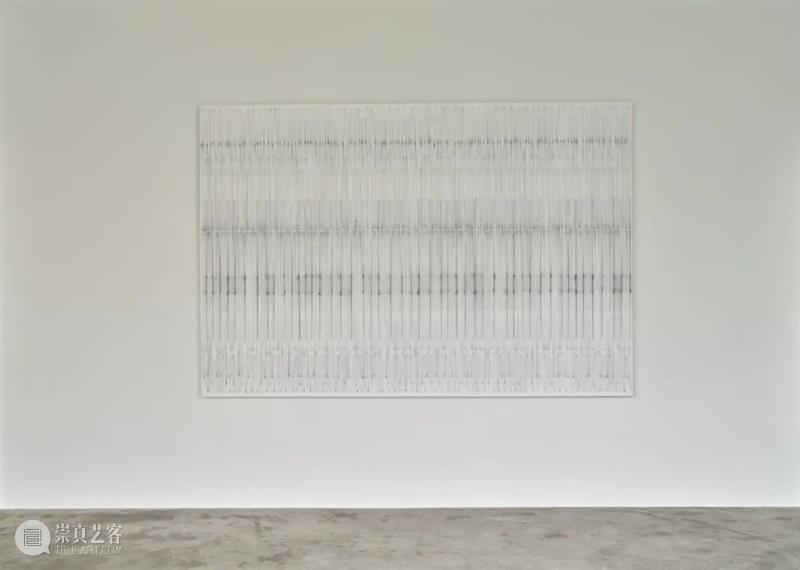

▲沈忱个展展览空间
图片由香港维伍德画廊提供
沈忱:灰色高手 色彩能人
文 / Lilly Wei
沈忱说,他第一次看到杰克森·波洛克的作品(创作于1949年的《Number 10》)是1981年在上海,当时波士顿美术馆(Boston Museum of Fine Arts)把美国200年艺术发展简史性展览带到了中国,先是在北京,然后巡展至上海。这是一个包括12幅抽象画在内的开创性的展览,是七十年代后西方绘画在中国的第二次展示,也是第一次展示当代美国抽象绘画。它的影响对于无数前来参观的中国艺术家来说是前所未有的,其中就包括沈忱。他看到这些作品后非常震惊,并引起了某种共鸣。当时在中国很少有艺术家创作抽象画,波洛克(Jackson Pollock)、弗朗茨·克莱恩(Franz Kline)和色域(Colour Field)绘画的艺术家为他打开了一扇新的艺术之门。之前他曾说:“我想做一些与我们所受到的教育不同的东西,一些更有创意的东西,但我不知道要做什么,也不知道怎么做。”美国抽象派画家的作品似乎为他的许多问题提供了答案,他们的绘画是一种启示。当他回忆起40年前那个难忘的时刻时,他的脸上仍然洋溢着兴奋。尽管这些作品对作为年轻中国艺术家的他来说很激进,但也很熟悉。波洛克的画有一种“非常中国化的感觉”,这位美国艺术家的滴画技巧,以其有节奏的流动和线性,让沈忱联想起中国水墨画和书法,同时也为他指出了前行的方向。这幅波洛克的画色彩柔和,将黑色的线条和动感凸显出来。这幅作品的尺寸约为42x 272厘米,就像是一幅水墨画长卷。正是这种熟悉与陌生的碰撞,对沈忱来说犹如一种催生,使他开始了抽象绘画的创作。
Shen Chen said that the first time he saw a Jackson Pollock painting (Number 10, 1949) was in 1981 in Shanghai, when the Boston Museum of Fine Arts brought a survey of 200 years of American art to China, first to Beijing, then to Shanghai. A groundbreaking exhibition that included twelve abstract paintings, it was only the second presentation of Western painting in the country after the end of the Cultural Revolution and the first to show contemporary American abstraction. Its impact was life-changing for countless Chinese artists who saw it, among them Shen Chen. He said that he was stunned, the connection instantaneous. Very few artists in China were making abstract paintings then and Pollock, Franz Kline, and the Colour Field artists threw open a door for him. “I wanted to make something different from what we were taught to do, something more original, but I didn’t know what, I didn’t know how,” he said, until then. The American abstractionists offered answers to many of the questions he had asked himself, their paintings a revelation, and his face still lights up with excitement as he recalls that indelible moment, four decades ago. But for all their radicality to him as a young Chinese artist, they were also familiar. Pollock’s painting had “a very Chinese feel to it”, and the American’s drip technique, with its rhythmic fluidity and linearity, reminded him of Chinese ink painting and calligraphy while showing a way forward. This particular Pollock painting was subdued in colouration, the roiling black gestures foregrounded, with dimensions that measured roughly 18 x 107 inches, suggesting a kind of ink scroll painting. The combination of the familiar and the unfamiliar, often a catalyst, proved to be such for Shen Chen who, sometime later, began to make his abstract paintings.
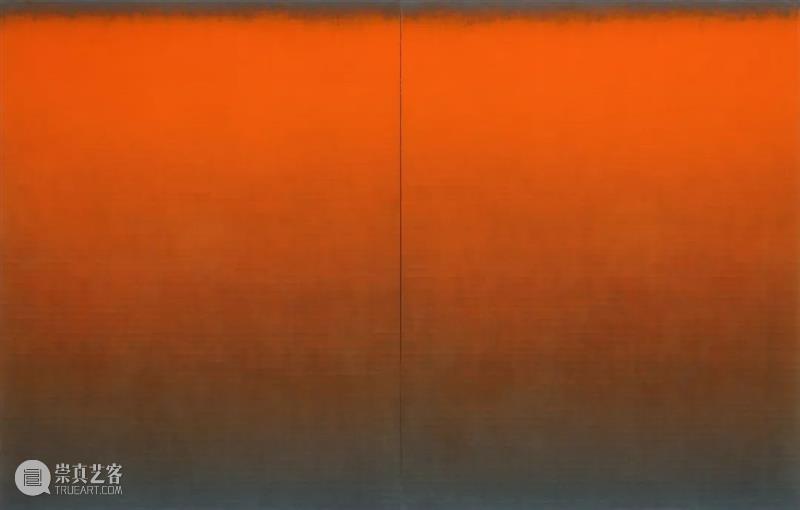
▲沈忱 《无题-作品71313-21》 137 x 213cm 双联 布面丙烯 2021
图片由艺术家本人提供
沈忱于1988年第一次来到美国缅因州的斯考海根(Skowhegan)驻地艺术家工作室,感受到了巨大的“文化冲击”,当时他不会英语,成为了交流的障碍。驻地的外国艺术家们不熟悉水墨画,而他也不了解观念艺术、装置艺术、影像艺术或行为艺术。周围的一切令人困惑,但他没有拒绝陌生的东西,他努力投入、保持好奇、尽量吸收。这是一段艰难却又宝贵的时光,他不得不重新思考他要做什么,并且开始评估、试验、接受、摒弃,从而寻找属于他的声音、他的道路。
When Shen Chen (who is now based in New York and Shanghai) first came to the United States, to Skowhegan, Maine in 1988, he was “culturally shocked”, he said, his rudimentary English at the time also a stumbling block. The artists he met didn’t understand ink painting and he had never seen conceptual art, installation art, video art, or performance before. It was a difficult period but also an invaluable one. He had to rethink what he was going to do, surrounded by so much that was confusing, but he dove in, intrigued, absorbing what was foreign to him, assessing, experimenting, accepting, and refusing, in search of his voice, his resolutions.
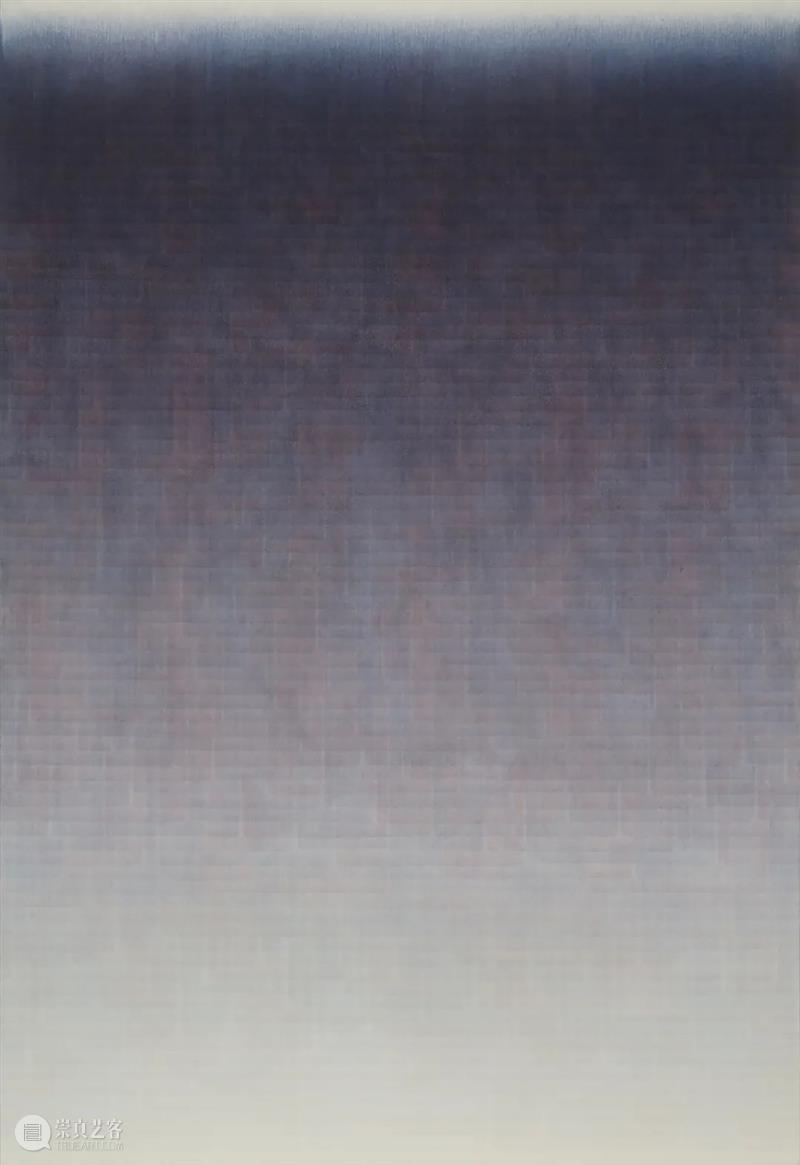 ▲沈忱 《无题-作品77896-21》 162.5 x 112cm 布面丙烯 2021
▲沈忱 《无题-作品77896-21》 162.5 x 112cm 布面丙烯 2021
图片由艺术家本人提供
沈忱早在中国念小学时便开始自习水墨画,从那时起,灰色就一直是他最重要的颜色。但在他看来,灰色构成了两种截然不同的媒介。一种是墨和通过稀释墨而达到的无限灰度渐变,另一种则是西方绘画的灰色概念,即互补色的混合。沈忱不混合互补颜色,他想让他的观众清楚地看到灰色的组成,这种可见性对他的创作过程至关重要,也是他绘画意义的组成部分。考虑到这一点,他将他的媒介——无论是墨水、水彩、油彩还是丙烯——层层叠加,如此反复。当颜色在物理上相补作用,观众的眼睛在视觉将色彩混合时,它们就形成了一种灰色,但艺术家并没有混合任何东西。虽然本次展览中的画作似乎与以往作品的质朴颜色相比更加色彩斑斓,更加令人陶醉,但对艺术家来说,它们都是灰色的一种表达。
Gray has been Shen Chen’s primary colour since he started to make ink paintings while a student in China. But gray for him constitutes two very distinct mediums. One is ink and the infinite gradations of grays that can be achieved by diluting black ink. The other refers to the Western conception of gray as the mix of complementary hues. But Shen Chen never mixes his colours. He wants to make the constituents of his grays clearly visible to his viewers, a visibility that is essential to his process and integral to the meaning of his paintings. With that in mind, he layers his medium — whether ink, gouache, watercolour, oil, or acrylic — in the sheerest of washes over each other, again and again. As the colours physically interact, and as the eye optically blends them, they form a gray without mixing on the part of the artist. While the paintings on view in this exhibition are seemingly more overtly colourful, more intentionally ravishing in their formulation than the austere palettes of other bodies of work, to the artist they are all expressions of gray.
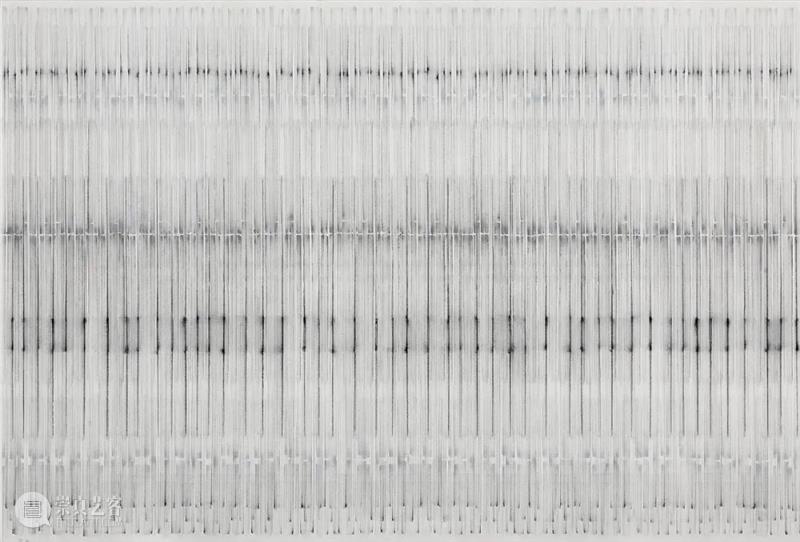
▲沈忱 《无题-作品11747-19》 170 x 247cm 画布 丙烯 2019
图片由艺术家本人提供
沈忱的绘画可以看作是一场表演和一种冥想。他先选择画笔——它们的宽度和把手的长度都各不相同——然后用它扫过画布,有节奏地、熟练地重复着这个动作,就像在记录时间一样。他的注意力超乎寻常地集中,如着迷一般地观注。这可以看作是他自己的行动绘画方式,虽然不那么动态,但也受到了波洛克和中国书法家和水墨大师的启发。沈忱致敬波洛克等人的另一个元素是他喜欢在地面上围绕着画布创作。他将画笔浸入他的颜料中,笔触的痕迹取决于他画笔的轻重缓急。他从不勾线,而是用笔触组成线条。画面中出现的细线是由画笔重叠和它的边缘交织出来的,图案和纹理也是如此。它们让人联想到艾格尼丝·马丁(Agnes Martin)微妙的线条,当然,她的线条是勾画出来的。沈忱还从画布的双向使用画笔,画面形成一种网格,这是他特有的“网格”。也许它更像是一张用来捕捉色彩、光线、空间和时间的网:也许这是他对一张无限的网的诠释。它们可以被认为是一种精神状态,一种存在状态,而不是主要基于现代还原论和理性体系的形式主义方面,以及对叙事和具象的抛离。他经常说“少即是多”——这一点也不是典型的现代主义意义上的——甚至当他在叠加他的色彩时,他也在抹去下面一层的颜色。在绘画的最后,只剩下痕迹和过程。
When Shen Chen paints, it might be viewed as performative, meditative. He selects a brush — its width varies as well as the length of the handle — and sweeps it across the canvas, repeating the gesture, rhythmically, deftly, as if he is marking time. His concentration is preternaturally focused, mesmerising to observe. It might be considered his version of action painting, although less exuberantly athletic, inspired by Pollock but also Chinese master calligraphers and ink painters. Shen Chen, in another nod to Pollock and others, prefers to paint on the floor, circling the support. Dipping his brush into his medium, the impress of the stroke depends upon how he loads the brush and wields it. He doesn’t draw his lines but paints them, the fine lines that appear are created by the brush and its edges, as are the patterns and textures. They evoke the delicacy of Agnes Martin’s lines, although, of course, she drew hers. He also applies his brush from all four sides, resulting in a grid, but it is a grid of his devising. It functions, perhaps, more as a net, to capture colour, light, space, and time: his interpretation of an infinity net, perhaps. They might be thought of as a state of mind, a state of being and not primarily based on the formalist aspects of modern reductivism, rational systems, and the renouncing of narrative and figuration. He frequently states that less is more — that, too, not in the canonical modernist sense — and even as he layers his colours, an addition, he is also erasing what is underneath. At the end of the painting, there are only traces, the process.
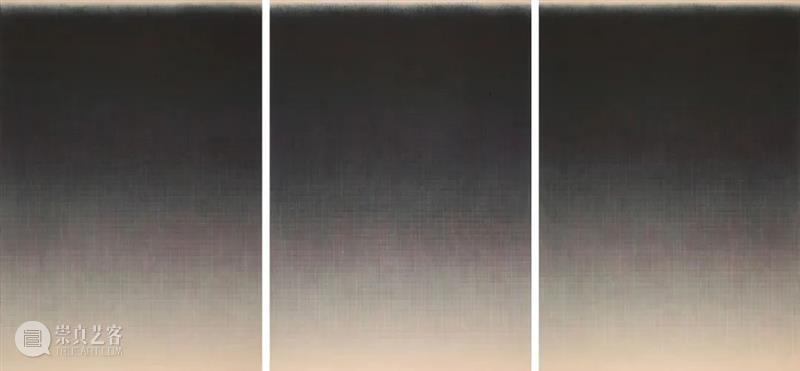 ▲沈忱 《无题-作品12220-20》 173 x 366cm 三联 布面丙烯 2020
▲沈忱 《无题-作品12220-20》 173 x 366cm 三联 布面丙烯 2020
图片由艺术家本人提供
沈忱认为中国绘画的制作过程与西方绘画的制作过程大不相同,分析和欣赏绘画的方式也是如此。例如,他不会直接看一幅画的表面,而是从它的内部空间来理解它。这是一项更经验性的方式,而且不局限于视觉。相反,它是身体的、认知的以及精神的、潜意识的。他不是在描绘风景,虽然风景可能会唤起中国山水画的感觉,特别是在他的沉浸式、水平延伸的多联画屏中。他寻找的东西不仅仅超越风景,而且“甚至超越抽象”,是一些他以前没有经历过的东西。“就好像你能透过眼睛看到你内心最深处的思想和情感。”他提到这个在中国画中留下空白空间的概念“留白”时,他说:“画中可能是白色,但对我来说,这是一个空间,根本不是白的色彩。那个空间可能是空的或满的,可以是你想象的任何东西。”
The process used to make Chinese paintings is far different from that used to make Western paintings, as is the way the painting is parsed, appreciated, Shen Chen said. For instance, he doesn’t look at a painting directly, at its surface. He looks at the painting to comprehend it from inside, from its inner space. It is a more experiential undertaking, and not limited to the retinal. Instead, it is somatic, cognitive, as well as spiritual, subliminal. He is not painting landscapes, although they might summon the sensation of Chinese landscapes, especially in his immersive, horizontally stretched polyptychs. He is searching for something not only beyond landscape but “beyond even abstraction”, something he has not experienced before. “It’s as if you see through your eyes into your innermost thoughts and emotions.” He referred to the concept in Chinese painting that leaves areas blank in a composition, called liu bai (literally leave white 留白). “It might be white in the painting but to me, it is a space and not white at all. And that space, empty and full, can be whatever you imagine.”
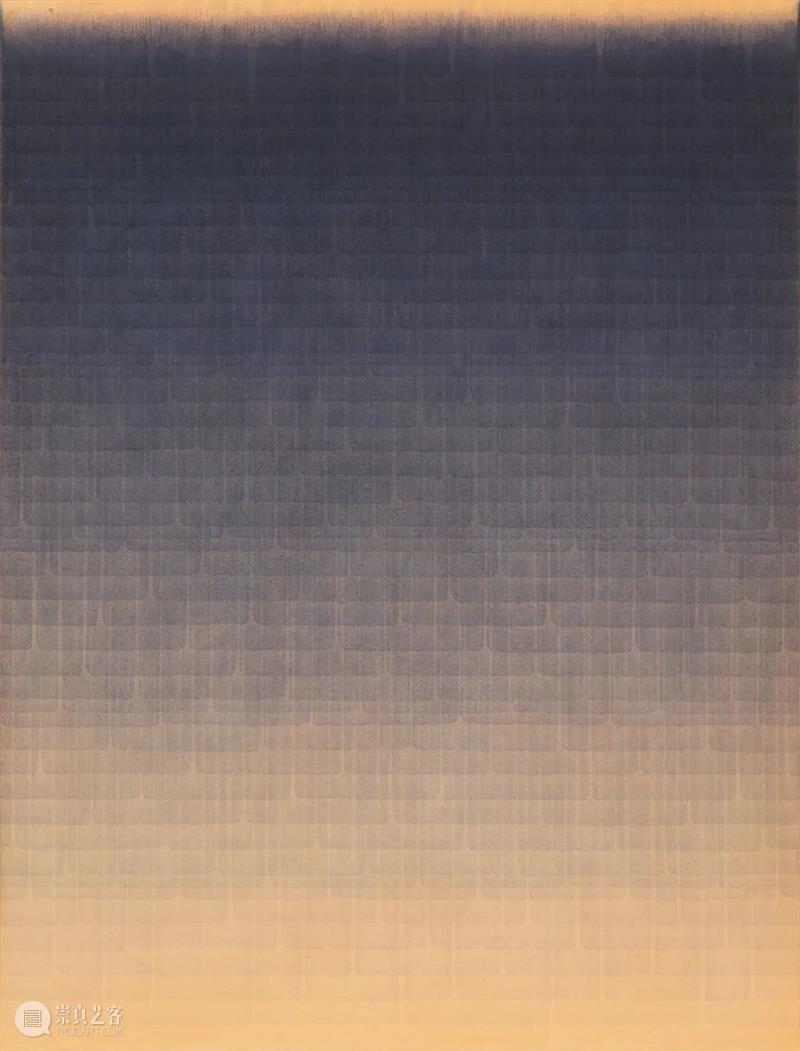 ▲沈忱 《无题-作品38884-21》 107 x 81cm 布面丙烯 2021
▲沈忱 《无题-作品38884-21》 107 x 81cm 布面丙烯 2021
图片由艺术家本人提供
本次展览的全新画作光彩照人,但色调轻盈,仿佛是由空气组成的,让人不可言喻。它们的前进和后退仿佛在呼吸,增加了画面的动感。沈忱觉得很讽刺的是,当他第一次把自己的绘画带回到中国时(2008年),他的作品被认为非常西化,而在欧洲和美国,它们又被认为实在的亚洲化。不过时代终于追上了他的脚步,这种分类现在已经过时了。尽管仍有保守思想或威权理论的阻拦,但世界的联系比以往任何时候都更紧密、更不可分割。他当时所主张的,就像任何地方的艺术家一直做的那样,是艺术表达的自由。他探索适合和启发他的美学词汇,并按照他的意愿使用它们。他想创造属于自己的东西,它基于两种文化的生活和观点,但非常特别和微妙,而不是一般性的定义。这些既安静又令人炫目的绘画证明了他视野的独到之处。
These new paintings are resplendent, luminous, often lighter in tone as if composed of air, the ineffable, their advancement and recession equivalent to breathing, adding to their sense of animation, movement. Shen Chen finds it ironic that when he first brought his paintings to China, his work was considered too Westernized while in Europe and the United States, they were considered too Asian. But the times have caught up with him. Surely that kind of categorisation is outmoded by now, emptied of significance in a world that, despite preventative attempts by conservative or authoritarian forces, is more tightly, inextricably linked than ever. What he claimed then, as artists everywhere have always done, was freedom of artistic expression, in his case to explore aesthetic vocabularies that suited and inspired him, to use as he wished. What he wanted to do was to create something of his own. It is based on a life and point of view lived in two cultures, yes, but one that is particularised, nuanced, and not to be defined generically, as evidenced by these quietly dazzling paintings that continue to make clear his uniqueness of vision.
_中文翻译:帅鸣珂
_展览现场
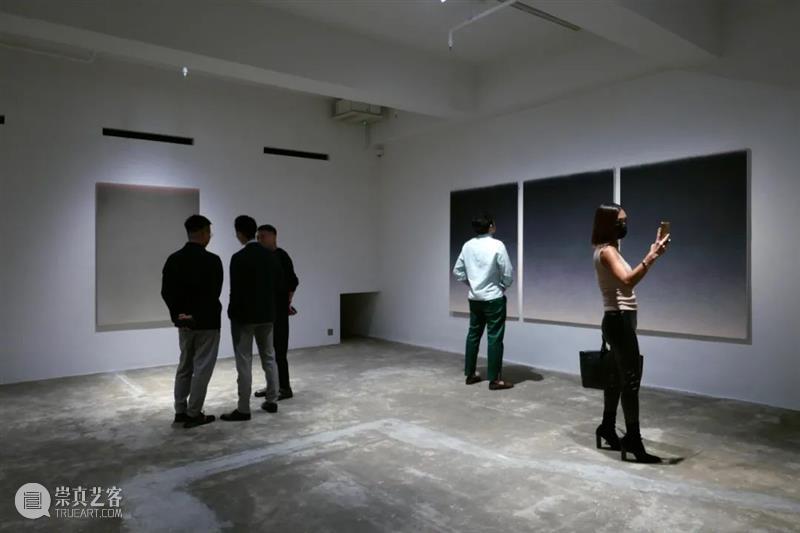
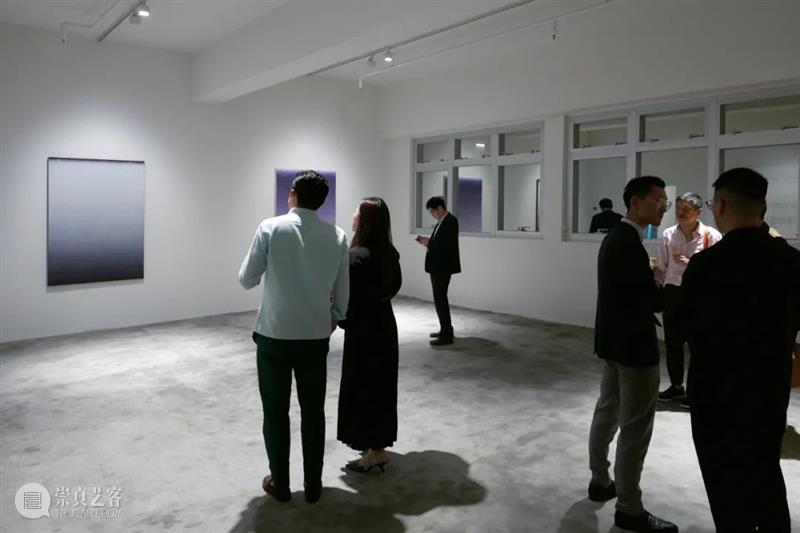
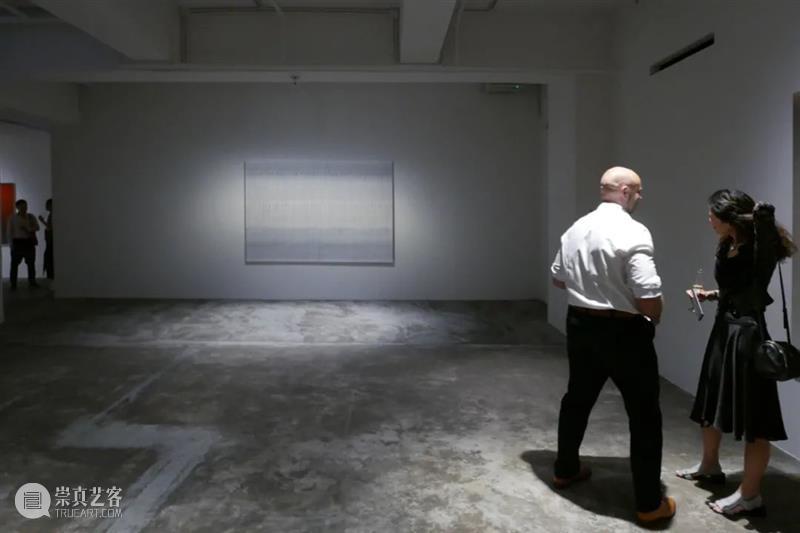
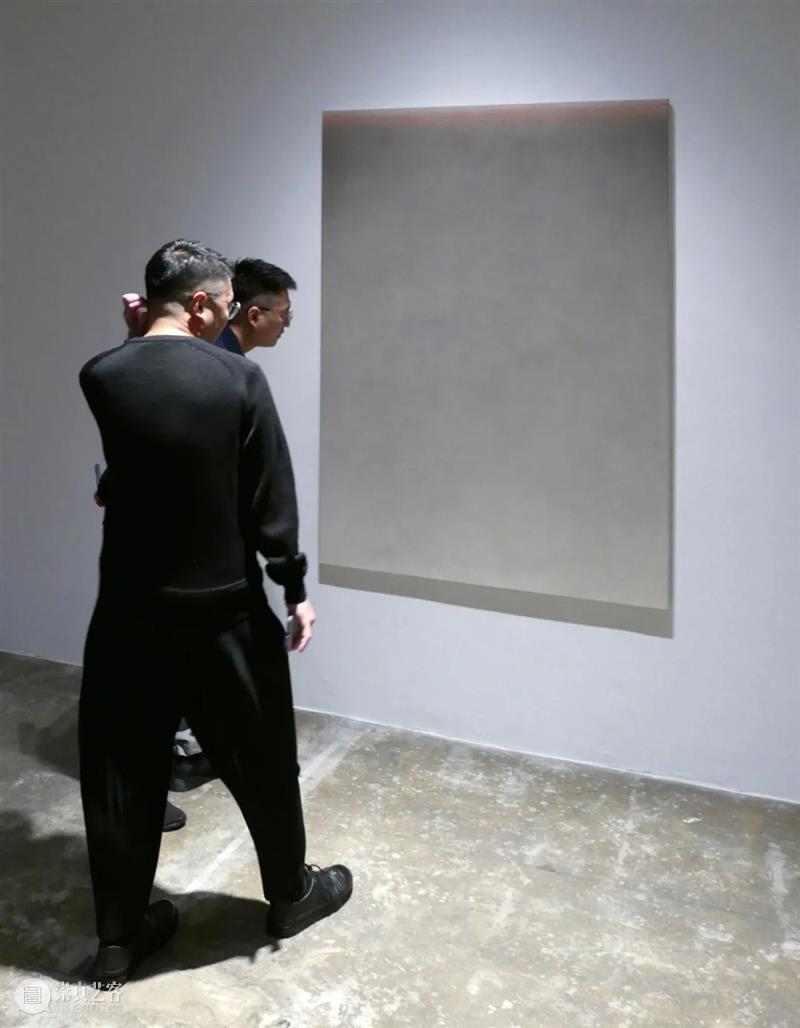
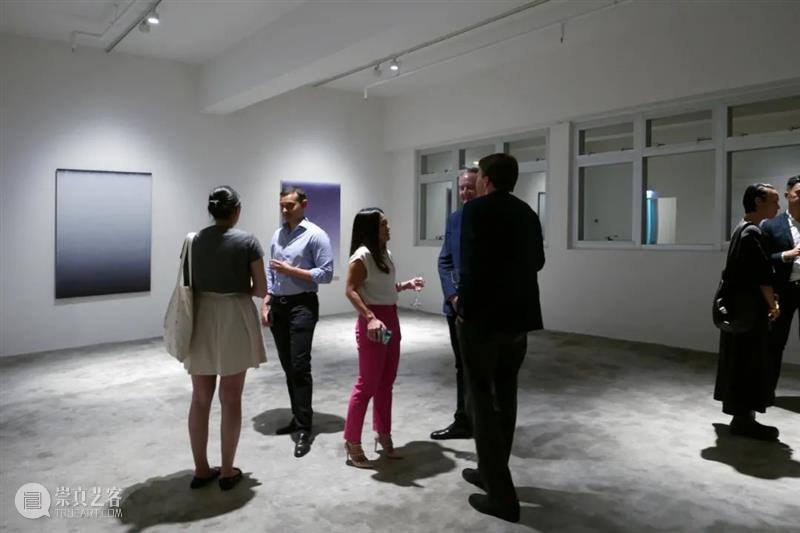
▲观展现场
图片由艺术家好友朱涛拍摄并提供
_参展艺术家
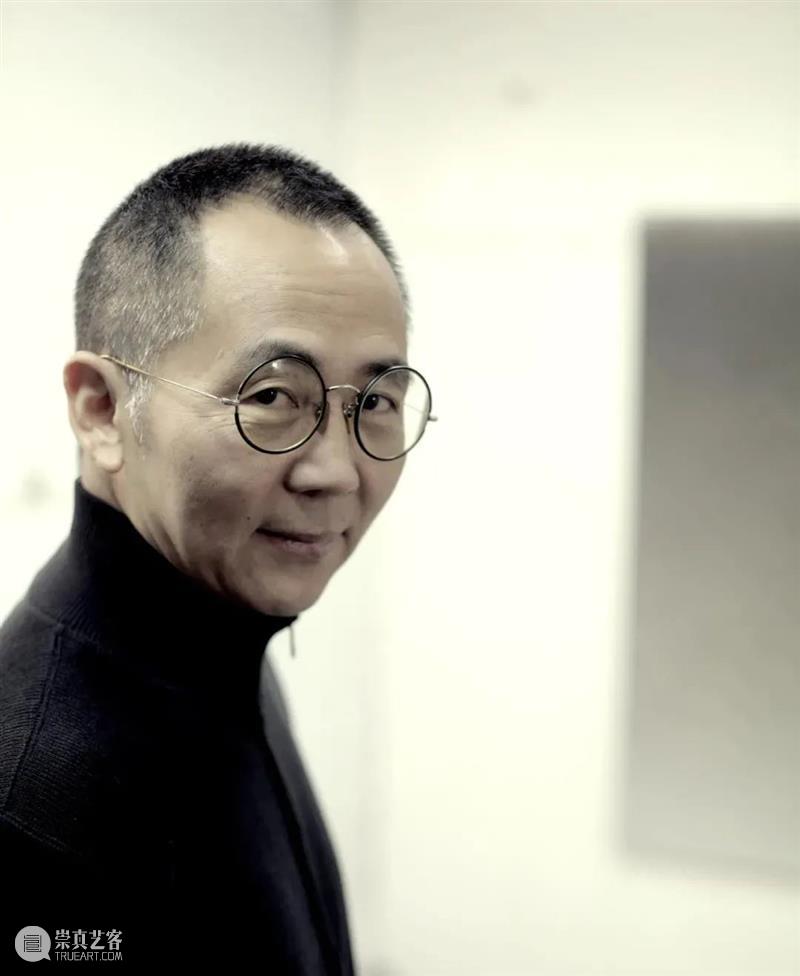
▲艺术家沈忱个人照
由Klaus Reinelt摄于沈忱纽约工作室,2010
沈忱│Shen Chen
1955年生于上海,是中国抽象绘画及实验水墨的先锋艺术家之一。
他的绘画创作一直以来都十分注重过程与材料,近年来他通过自己对中国水墨传统的了解和认知,重新发掘丙烯颜料的其他可能性。
他作品中微妙的色调渐变让人联想到40和50年代纽约色域绘画风格,然而他的艺术实践却植根于中国传统水墨画的哲学思维方式。
艺术家现生活工作于纽约及上海。

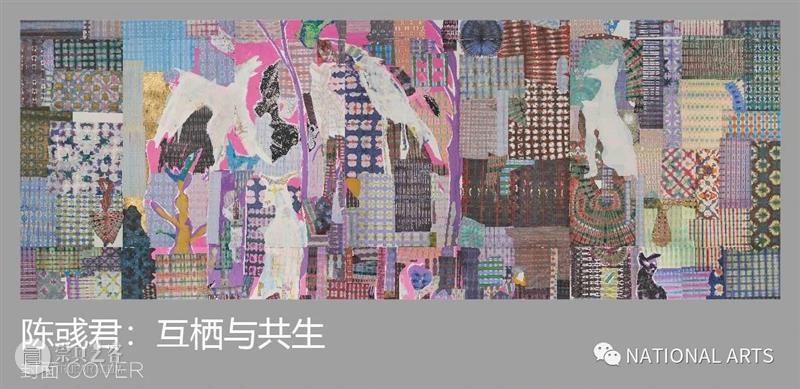

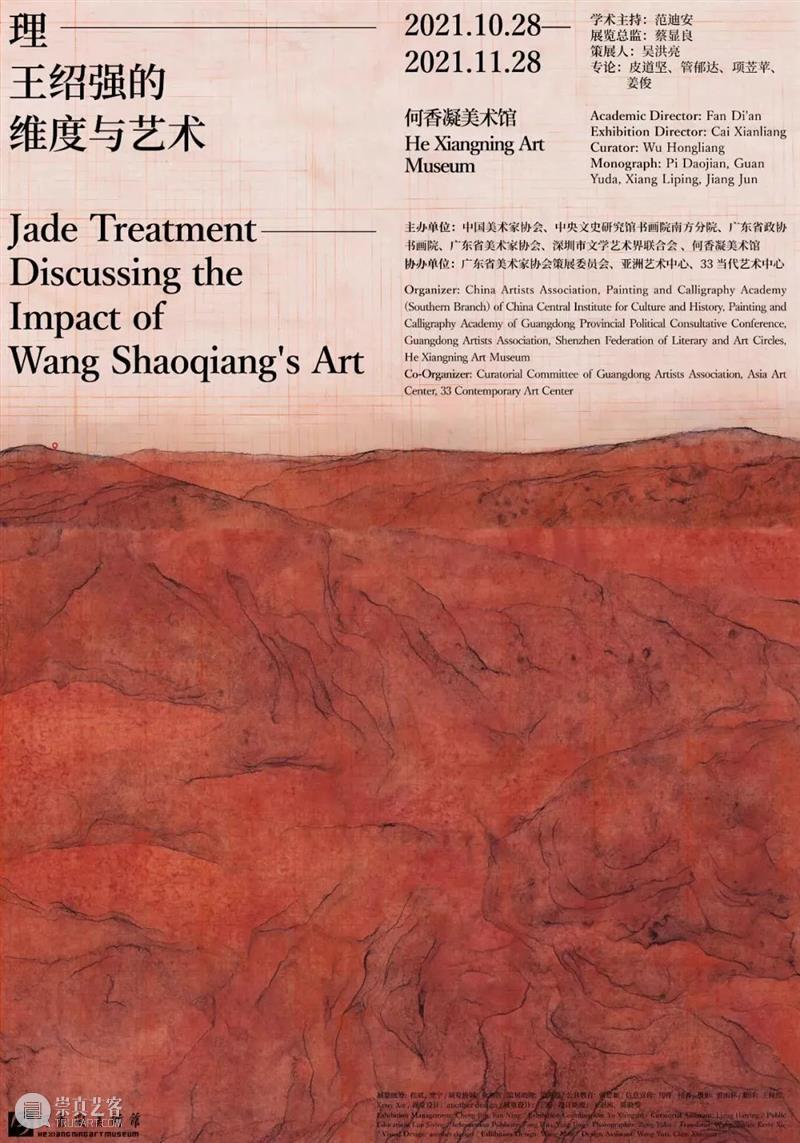
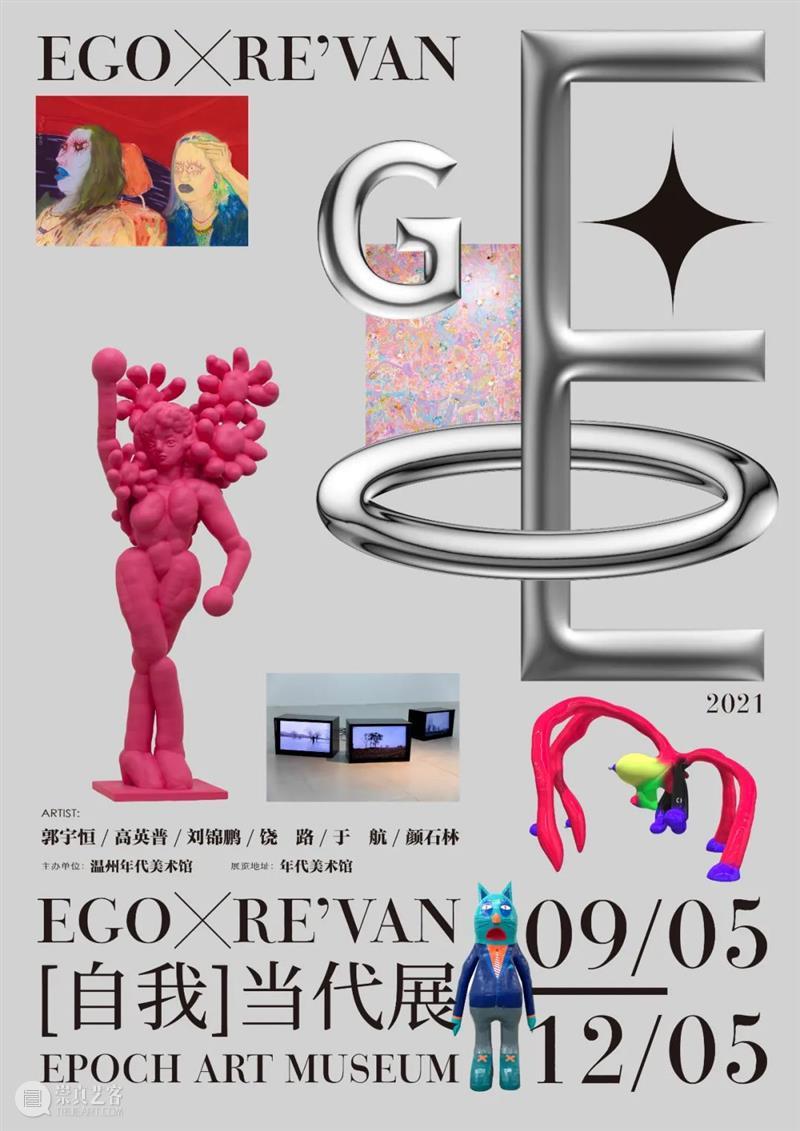
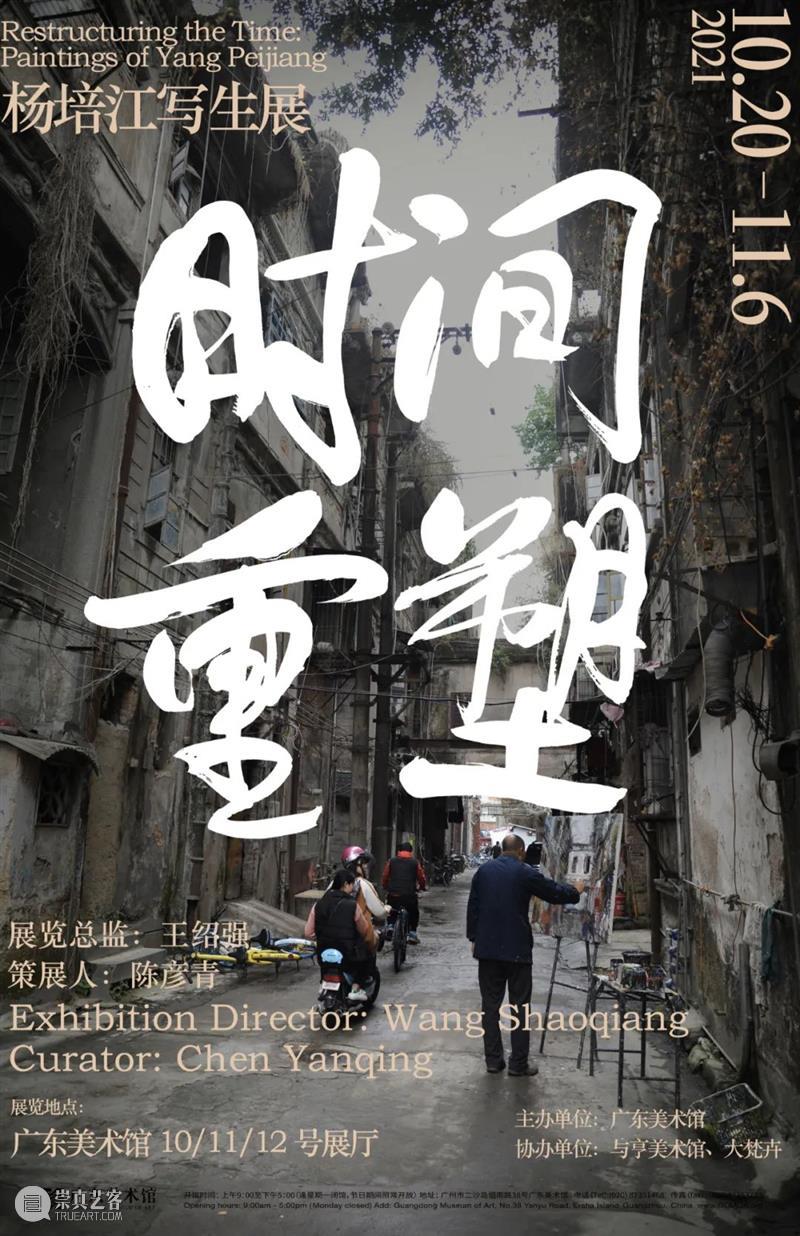
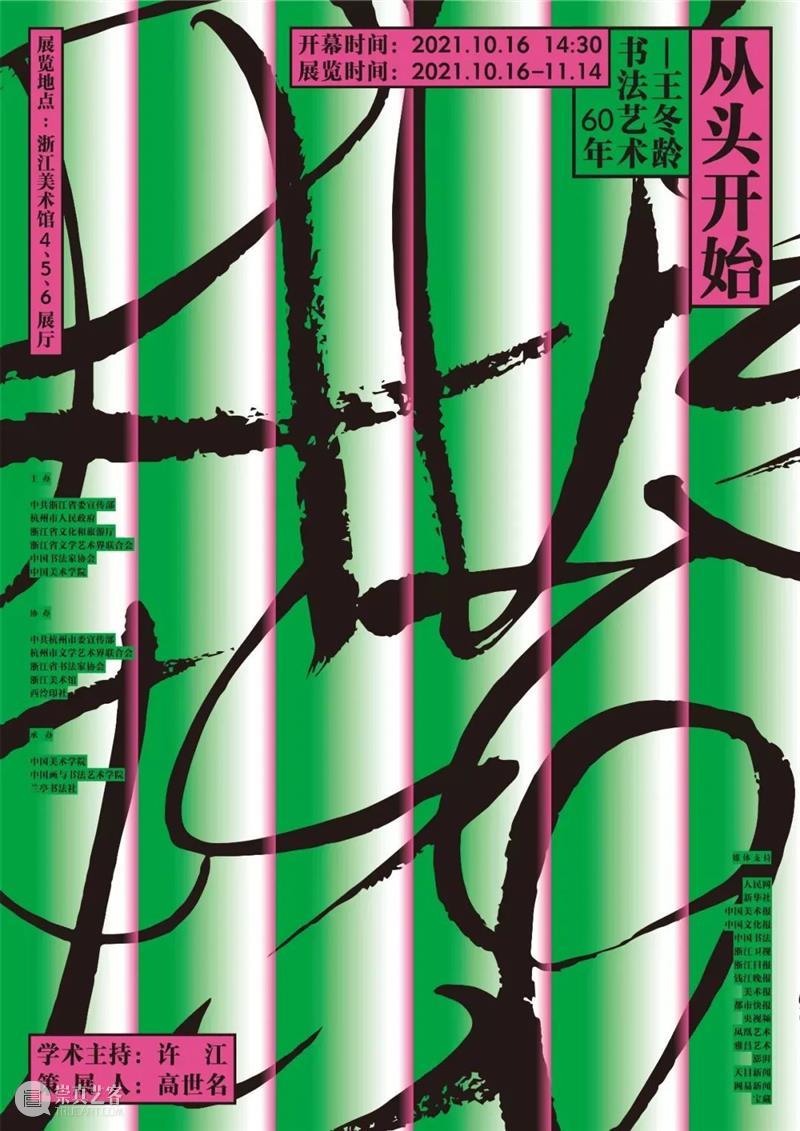
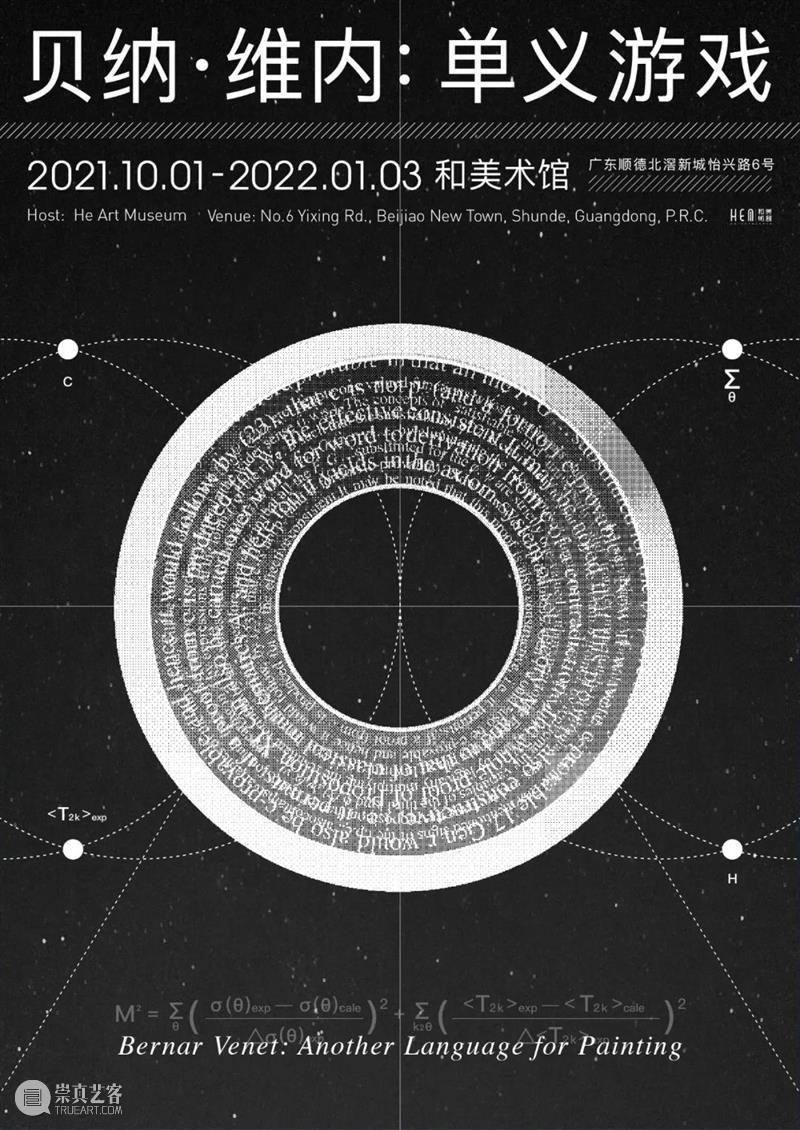

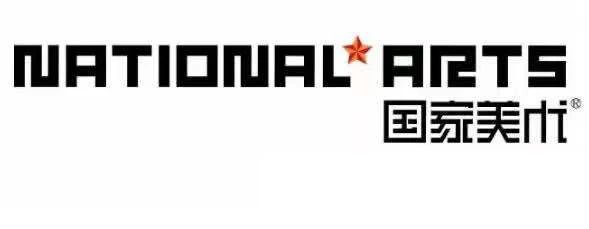
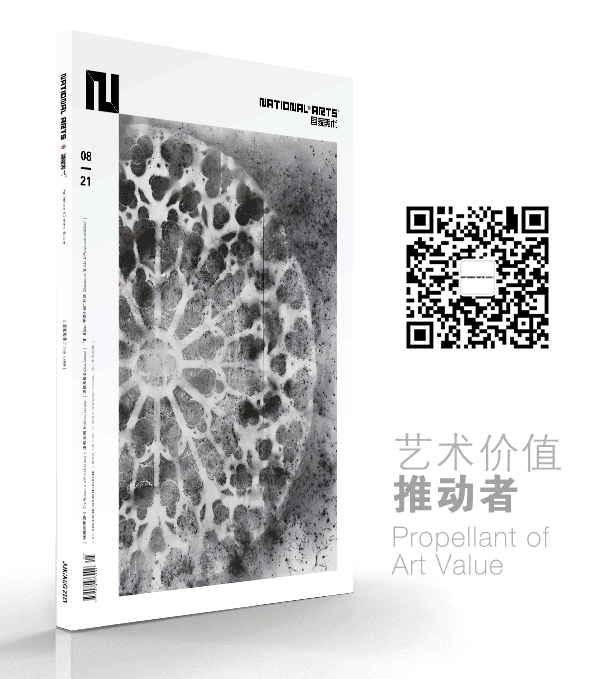


已展示全部
更多功能等你开启...
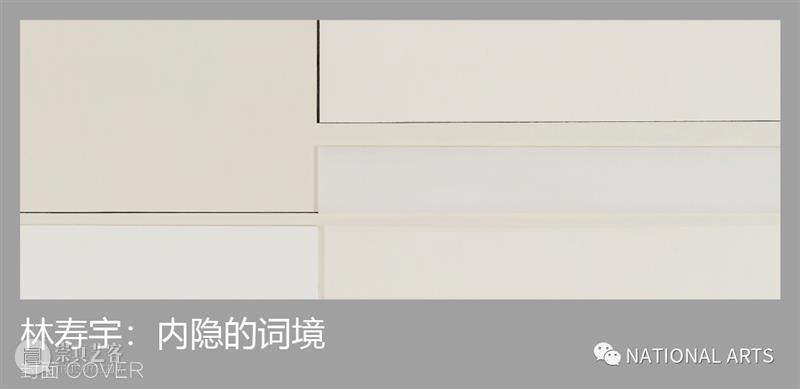
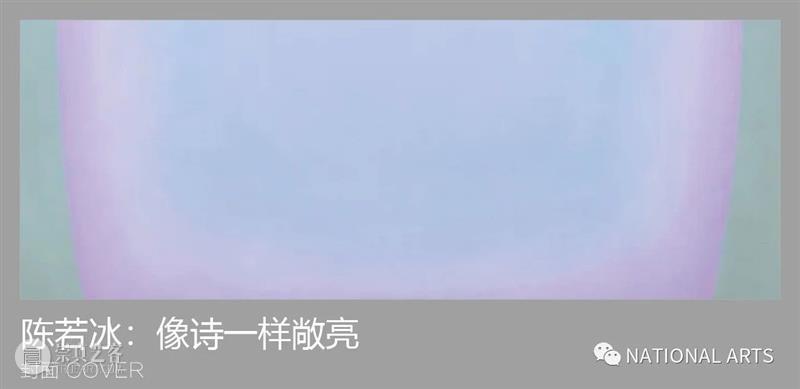
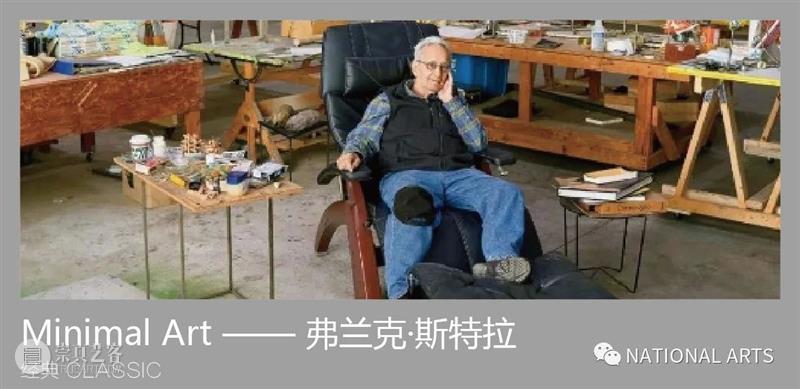
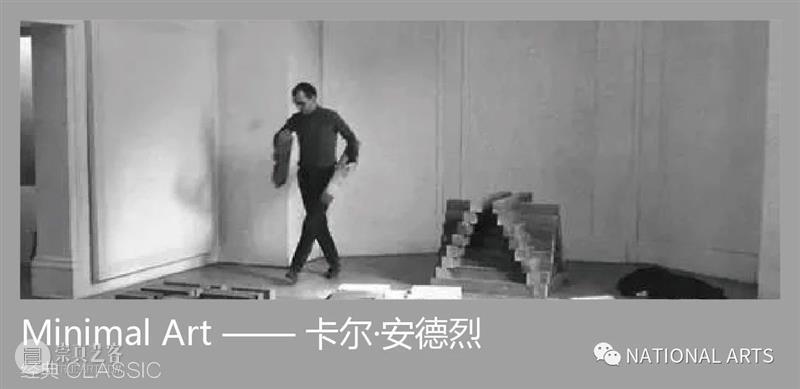
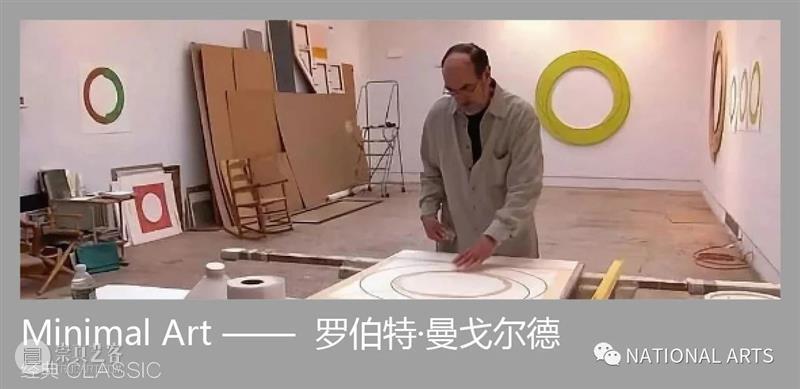
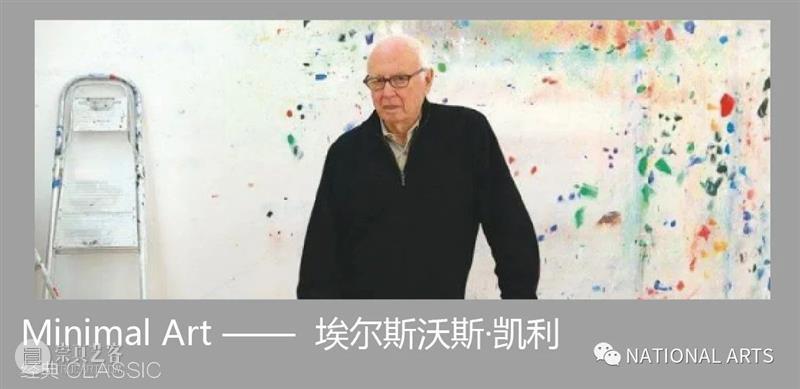
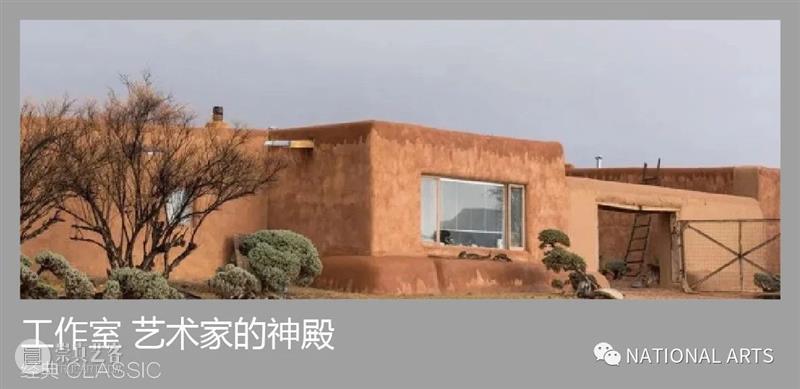
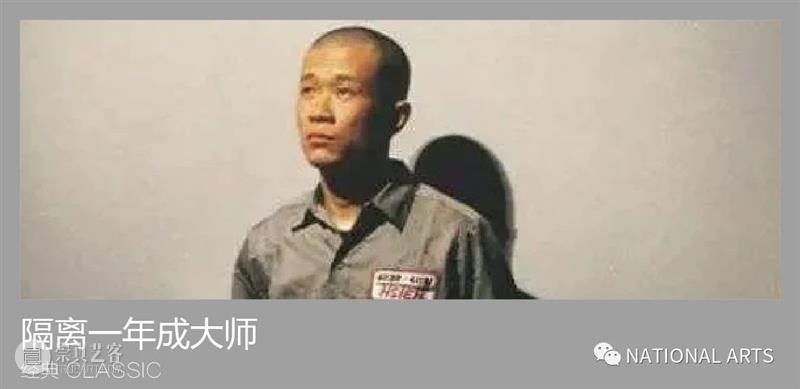





 分享
分享